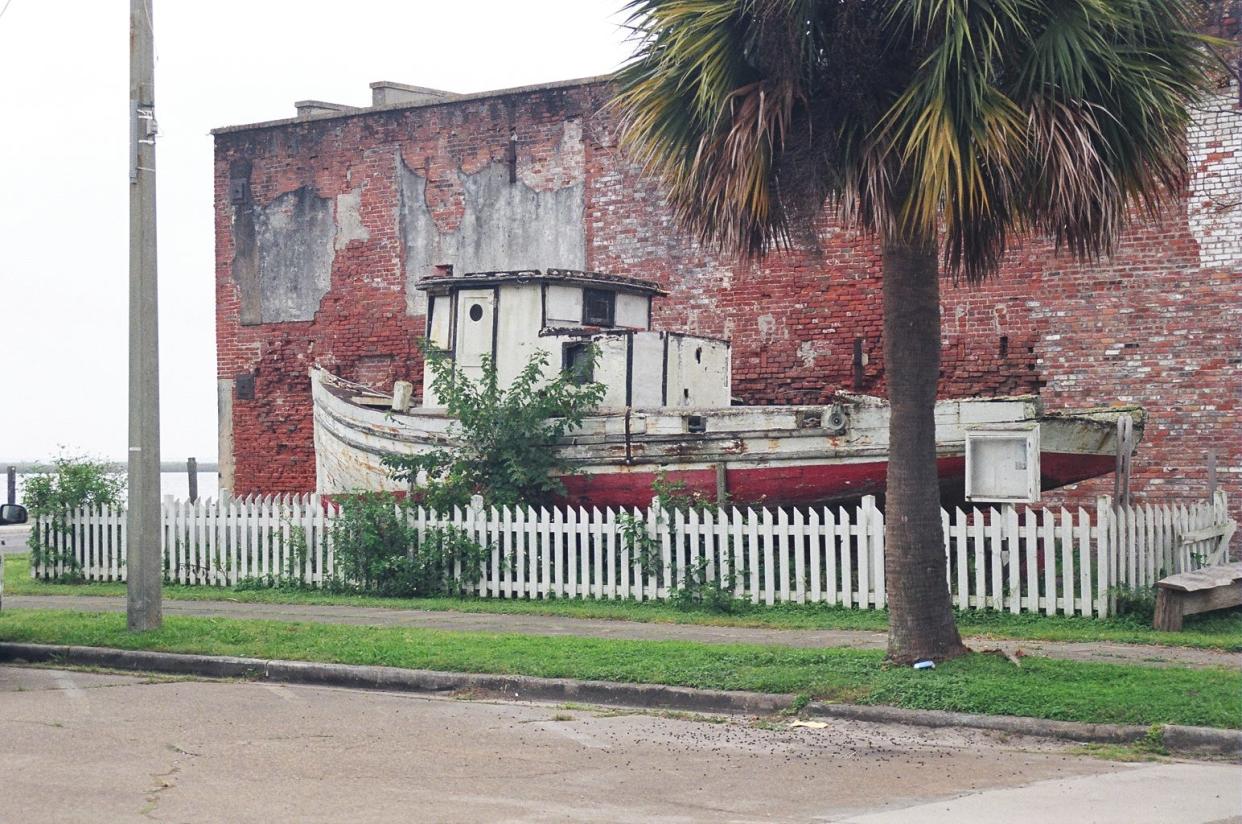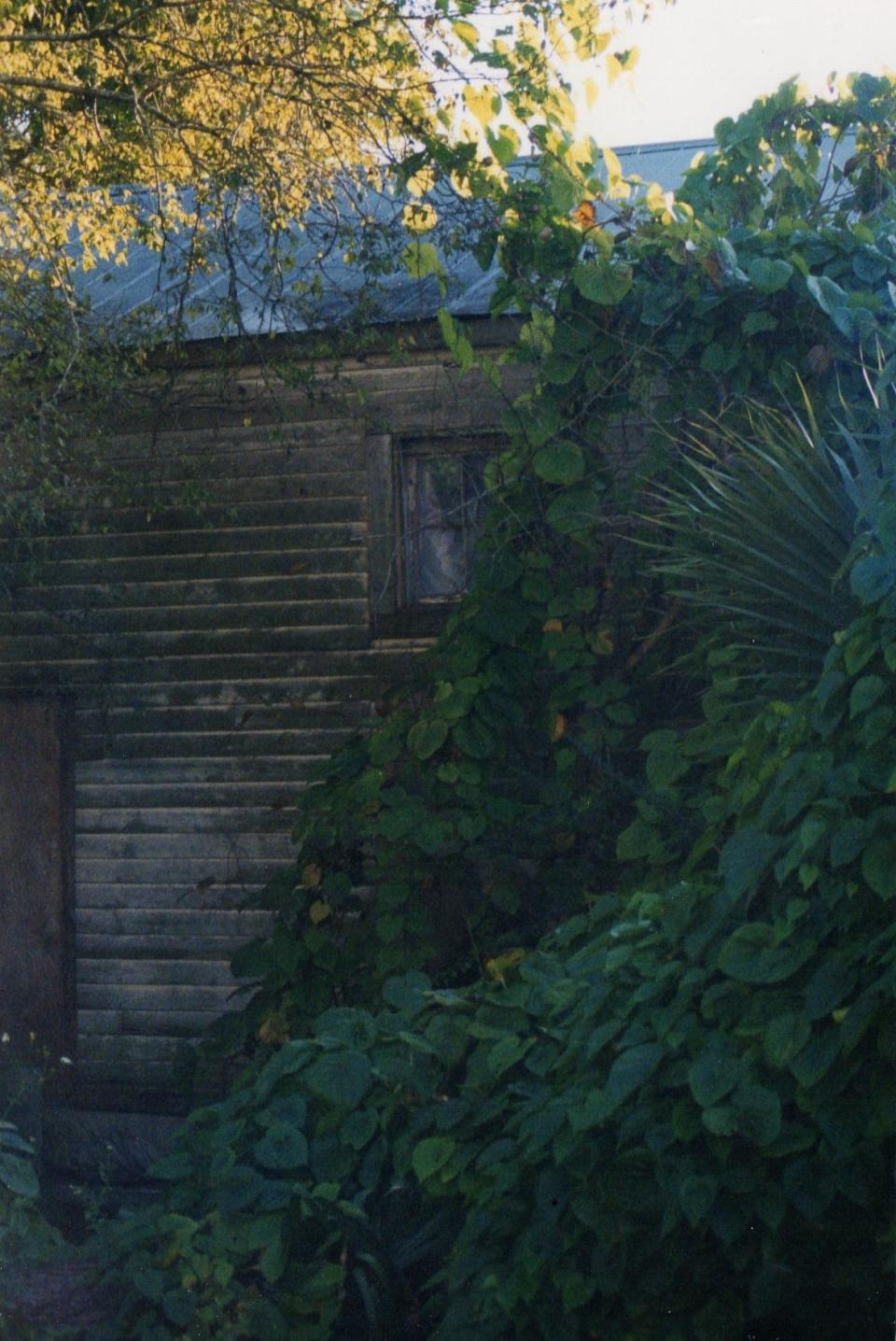Florida History: Take a 'spellbinding' adventure to Apalachicola

If you love Florida history, you must visit Apalachicola. Every place in Florida is rich in history, but in Apalach (as its residents fondly refer to it), the past doesn’t have to be imagined; it’s visible.
Situated at the mouth of the Apalachicola River and Apalachicola Bay on the Gulf of Mexico some seventy-five miles southwest of Tallahassee in the Florida panhandle, Apalach has a phenomenal nine hundred homes, commercial buildings, and sites on the national register of historic places. In fact, in 2008, the National Trust for Historic Preservation named Apalachicola one of the Dozen Distinctive Destinations in the United States.
More: Florida History: Ringlings left a legacy of art, architecture in Sarasota
Apalachicola was laid out in the old Spanish colonial design, which featured a large central square or park, surrounded by five smaller squares/parks, with blocks and streets laid out on a grid between them. These six squares today, each with its own history, comprise the historic district and are the focus of the City Squares Walking Tour.
Another of the town’s self-guided tours is the History Walking Tour, featuring no fewer than thirty-seven sites and nationally registered historic buildings. The oldest is a former cotton warehouse built in 1837; it serves as City Hall today. The youngest building on this tour is the post office, built as a customs house in 1923. The structures built in the 86 years between 1837 and 1923 reflect the entire history of Apalachicola.
The city began as a trading post called Cottonton, established during the era of British occupation, when it was in England’s colony of West Florida. (The Apalachicola river is the historic dividing line between the former British colonies of West Florida and East Florida.)

In 1827, after Florida became a U.S. territory, the growing settlement was incorporated as the town of West Point. The territorial legislature renamed it “Apalachicola” in 1831, and the following year, made the town the seat of newly formed Franklin County.
By whatever name, cotton remained its business until after the Civil War. After Mobile, Alabama, and New Orleans, Louisiana, Apalachicola was the largest cotton-shipping port in the United States. As early as 1837, the river was solidly fronted with three-story, brick and granite, cotton warehouses.
More: Florida History: Miami's colorful Art Deco Historic District
Some of the deserted old buildings in Apalach look like something out of William Faulkner’s fictional Yoknapatawpha County, Mississippi, a comparison that is not so strange when you realize that the panhandle adjoins the state lines of Georgia, Alabama, and Mississippi. In fact, nineteenth-century Apalachicola identified so thoroughly with these deep-south, cotton-growing states that its citizens strongly favored annexation by Alabama. Between 1811 (when Florida still belonged to Spain!) and 1901, eleven attempts were made to cede West Florida to Alabama, and although it seems that the majority of West Floridians were in favor of the proposition, the deal never went through.
More: Florida History: Palm Cottage, the oldest house in Naples
After the Civil War, (during which the port was occupied by Union troops), in the late 1880s, Greek immigrants brought the sponge trade to the area. After the turn of the 20th century, the economy flourished with the ascension of the lumber industry. And, of course, ever since the indigenous people of the area enjoyed sipping oysters on the half shell, commercial fishing, and in particular, oystering, has played a vital role in the economy of Apalachicola.
Until recently, Apalachicola Bay was the source of 90% of the oysters in Florida; it was known as the Oyster Capital of the World. Apalachicola still calls itself oyster town. In its waterfront restaurants, you can slurp your fill of fresh oysters, but the oysters are likely from Texas, Louisiana, or from oyster farms in the bay.
According to the in-depth, 2018 report, Shell Game, published by the Tampa Bay Times, “In 2013, the National Oceanic and Atmospheric Administration declared a fishery disaster on the bay, and it has continued to diminish since.
“For almost 30 years, a legal battle has raged over water usage. In 2013, Florida sued Georgia in the U.S. Supreme Court. Florida said Georgia was using too much water, leaving too little for Florida. This, Florida is still arguing, has caused Apalachicola Bay to become saltier and saltier, allowing predators to camp out in the estuary’s buffet. Whether the court sides with Florida or Georgia, any decision will likely result in more litigation.”
The disastrous effects upon the oyster beds and the oystermen of the hurricanes of 1985 and 2005, the BP oil spill in 2010, the pollution of the bay by the oystermen themselves, as well as, of course, decades of over-fishing, have also played a part in the disaster.

You won’t see oyster boats or as many shrimp boats along the docks in Apalachicola as you would have in the past, but the town is still spellbinding for history lovers and photographers. Many of its old warehouses, commercial businesses and homes are now fine art and photography galleries, restaurants and boutiques, and a few historic Victorian- and Edwardian-era homes are B&Bs, but many of Apalachicola’s old buildings are standing as time left them—each the very image of a cover for a Faulkner novel.
For things to see and do, and places to stay, and to dine, visit www.apalachicolabay.org. A visit to Apalach is definitely a two-nighter.
Cynthia A. Williams (cwilliams1020@gmail.com)
This article originally appeared on Fort Myers News-Press: Apalachicola offers history, beaches and all the oysters you can eat

